8 days cruise sailing yacht Samba – B
Route B: Central, Northern, Southern and Eastern Galapagos Islands
- 8 days
- 2-14
Highlights of the tour
- Wandering between pioneer plants
- Nesting frigate birds
- Red sand beach
- Giant tortoises in their natural habitat
Overview
Let the sailing yacht Samba take you to the Galapagos Islands. During this exciting 8-day cruise you will get to know the flora and fauna of the islands and learn interesting facts about their protection and history.
You’ll take exciting hikes through diverse nature, enjoy spectacular views, and have your naturalist guide explain the islands to you.
Red cliff crabs, frigate birds and Galapagos giant tortoises are just a few of the species you are likely to see.
In addition to the exciting excursions, there is still plenty of time for snorkeling, swimming or just relaxing.
On the sailing yacht you can make yourself comfortable in your cabin, on the sun deck or at the bar and have delicious meals.
Itinerary
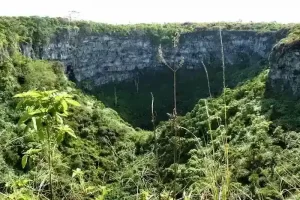
Afternoon – Highlands (Santa Cruz): You will visit the highlands of the island (so have your shoes and rain jacket ready). Observe giant tortoises in their natural habitat as well as a variety of native and migratory birds including tree finches, ground finches, Galapagos flycatchers and cattle egrets, often standing on the backs of tortoises. Lunch in the highlands. Then drive to Puerto Ayora, the capital of Santa Cruz and board the ship.
Meals: Lunch/Dinner
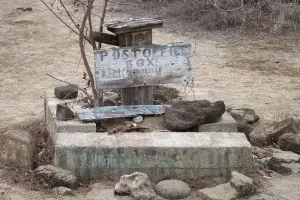
Morning – Post Office Bay, Baroness Lookout: First, visit Post Office Bay. The history of this place is closely linked to a wooden barrel built there by the crew of a whaling ship in the 18th century. At that time, the barrel was used by sailors as a post office. Even today, visitors use the barrel in the same way. The idea is to “send” letters and postcards to their destinations by placing them in the barrel. At the same time, other mail is taken out to be sent to one’s home address. This foreign mail is then delivered. Feel free to give it a try! It could well be that your mail will be at your destination faster this way than it would be with Ecuadorian mail. In the north of Floreana Island is the beautiful “Baroness Viewpoint”. The island was the destination of the first colonialists in Galapagos. Among them was the Baroness Eloisa von Wagner. The viewpoint is located very close to the ruins of the house inhabited by the Baroness. From this viewpoint you have a wonderful view of the coastal landscape of Enderby Island to the Post Office Bay, Cerro Pajas, the Flamingo Lagoon and the Palo Santo Forest.
Meals: Breakfast/Lunch/Dinner
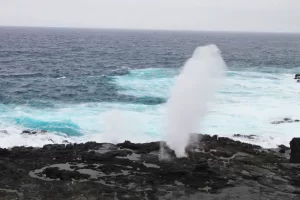
Afternoon – Gardner Bay: On the north-eastern coast of Española Island, Gardner Bay is a wonderful place to refresh in the turquoise sea and admire the large number of colorful reef fish. Snorkel side by side with green sea turtles or enjoy the proximity of playful Galapagos sea lions. The white sandy beach is also an important breeding ground for green sea turtles. You may also spot whales in the crystal-clear ocean.
Meals: Breakfast/Lunch/Dinner
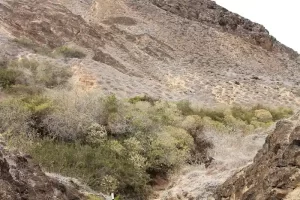
Afternoon – Lobos Islet: Lobos is a small island about an hour from Puerto Baquerizo Moreno. There is a small colony of blue-footed boobies and frigate birds that nest in this area. On the beach you will encounter many sea lions. It is also possible to see wading birds.
Meals: Breakfast/Lunch/Dinner
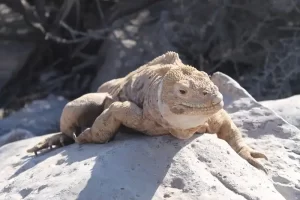
Afternoon – Santa Cruz Island, Carrion Point: Punta Carrión is located at the eastern end of the Itabaca Channel, between Baltra Island and Santa Cruz Island. There you can see sea lions, creole fish, sea snails and blue rays. You will also have the opportunity to observe whitetip reef sharks and mobula rays in small schools. And if you are lucky, you may even see some hammerheads and Galapagos sharks, especially while diving.
Meals: Breakfast/Lunch/Dinner
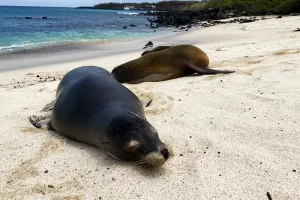
Afternoon – Bartolomé: Bartolomé Island rises 114 meters above the sea across from Sullivan Bay. Climb the steps of the Bartolomé Summit Trail and be rewarded with panoramic views of volcanic peaks, moon-like craters and lava fields. The island has two stunning beaches, is home to sea turtles, and a very small colony of Galapagos penguins at the base of Pinnacle Rock.
Meals: Breakfast/Lunch/Dinner
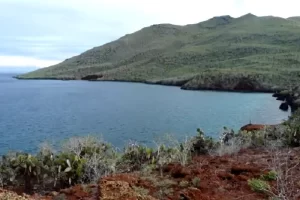
Afternoon – Rabida: Oxidized iron particles give the stones and sand their rusty color. A green-fringed lagoon hides behind the beach. This oasis is the most fertile place on the otherwise dry island, which is overgrown with Palo Santo trees. The salty pool is attractive to all kinds of water birds, such as pintail ducks and sometimes American flamingos. Hidden among the evergreen foliage of the surrounding mangrove bushes, many species of songbirds’ breed. An outstanding attraction is the large breeding colony of brown pelicans, the only species that dive.
Meals: Breakfast/Lunch/Dinner
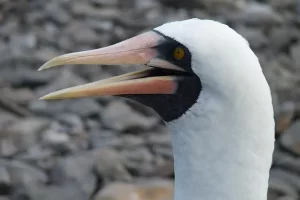
Meals: Breakfast
- Included services
- Accommodation on board in a cabin with private bathroom
- All meals, water, coffee and tea
- All excursions as indicated in the itinerary (subject to change) with bilingual naturalist guide (English-Spanish)
- Airport transfers in Galapagos (only guaranteed if the flight is booked together with the cruise)
- Snorkeling equipment (mask, fins and snorkel)
- Towels for bathroom and beach
- Not included services
- International flight and Galapagos flight
- Entrance fee to Galapagos National Park ( US$ 200 per person (children under the age of 12 US$100)
- Transit control card ( US$ 20 per person, subject to change)
- Airport transfers in Galapagos (if the flight is not booked together with the cruise)
- Wetsuit
- Soft and alcoholic drinks
- Tips
- Travel insurance and other personal expenses
Hints
Ask us for children or group discount.
Price not valid for Christmas and New Years´s Eve departures.
All prices are subject to change if local tax increases or other circumstances beyond our control occur.
The itinerary is subject to change at any time due to circumstances beyond our control.
In order to rent a wetsuit, we will need your clothing size (S/M/L/XL) before your arrival in Galapagos. Standard wetsuits with a thickness of 3 mm are rented.
Travel Insurance:
To protect your travel investment, we highly recommend the purchase of travel insurance. Travel insurance is intended to cover medical expenses, trip interruption and cancellation, theft and other losses incurred while traveling domestically or internationally.
Visa and Entry Requirements:
Ecuador requires a valid passport (with a minimum 6 months validity). Contact your local embassy or consulate for the most up-to-date visa requirements.
Other interesting cruises
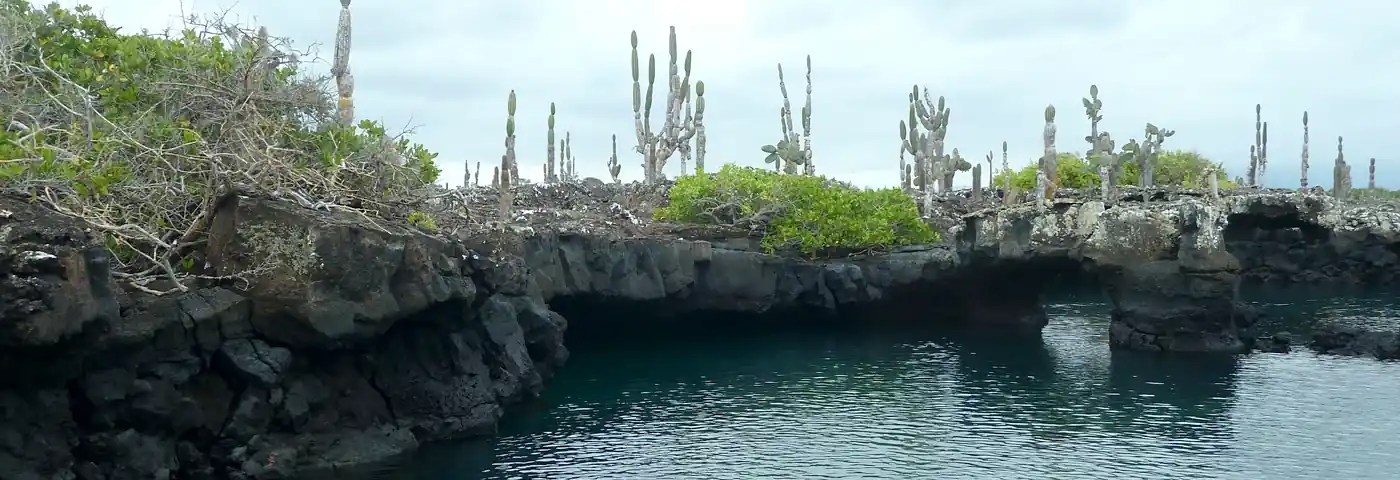
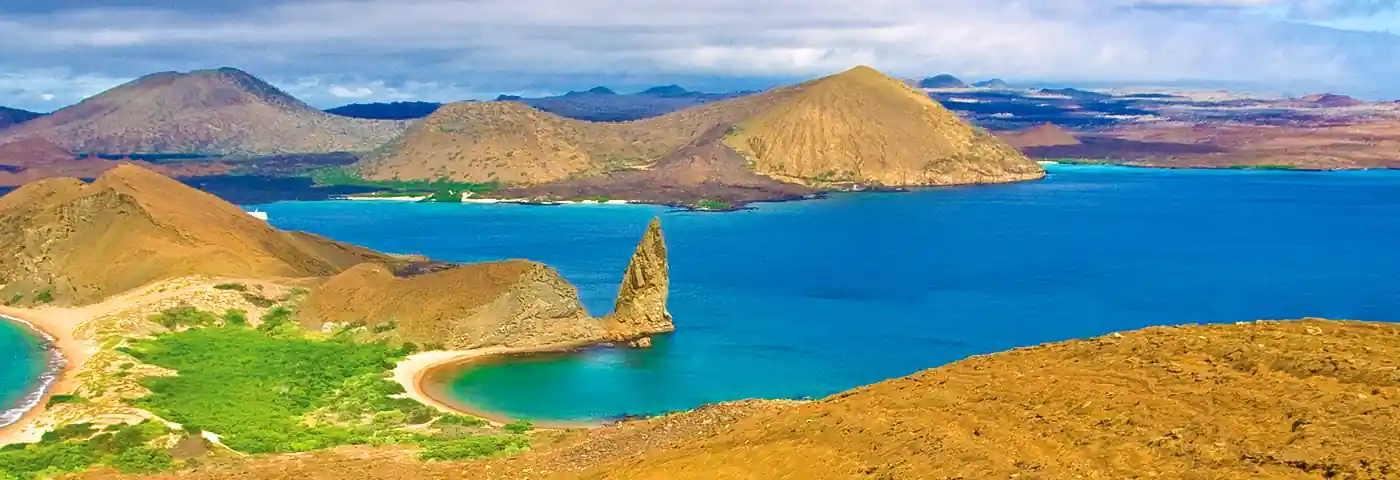
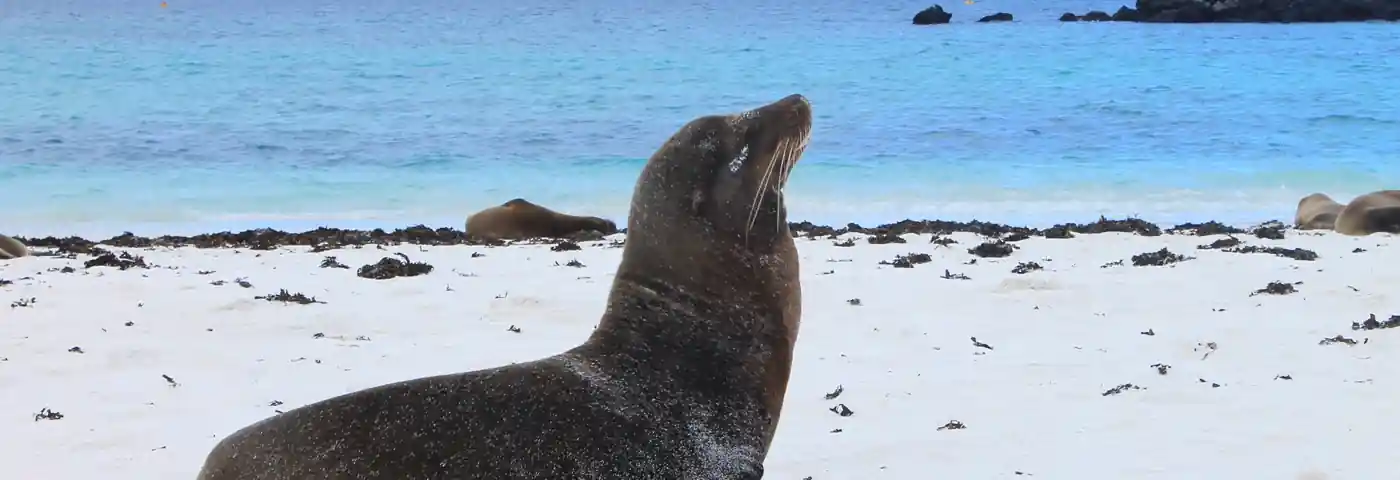
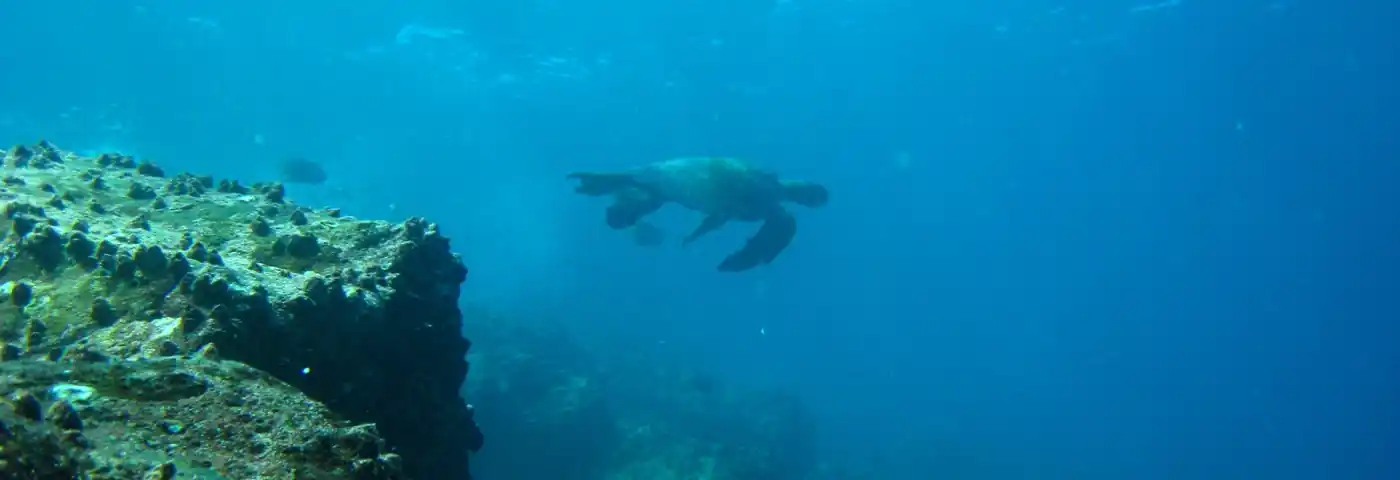

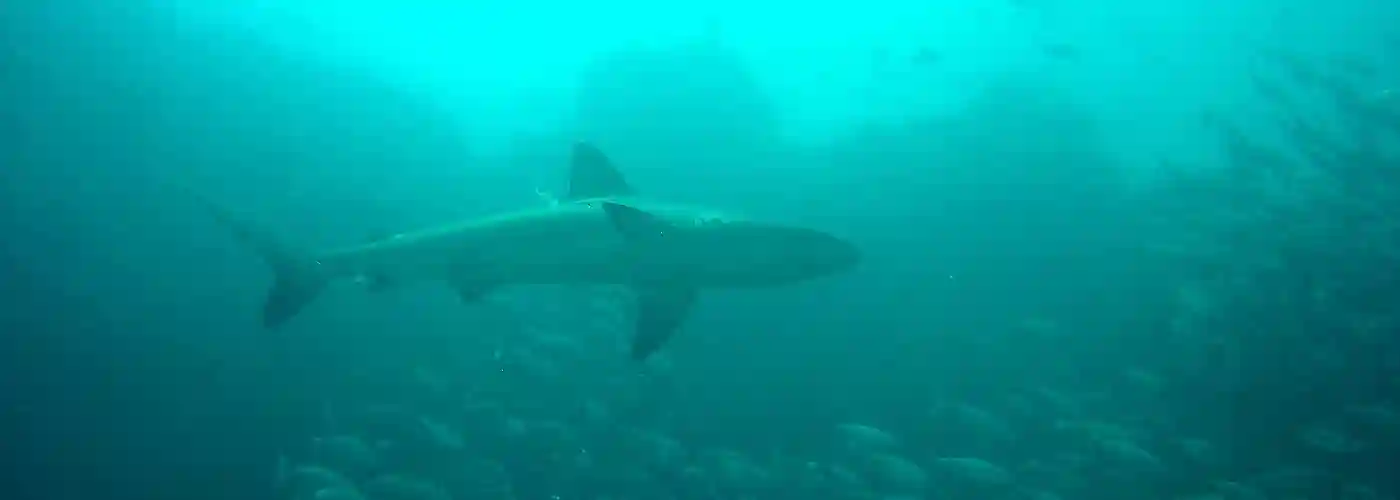
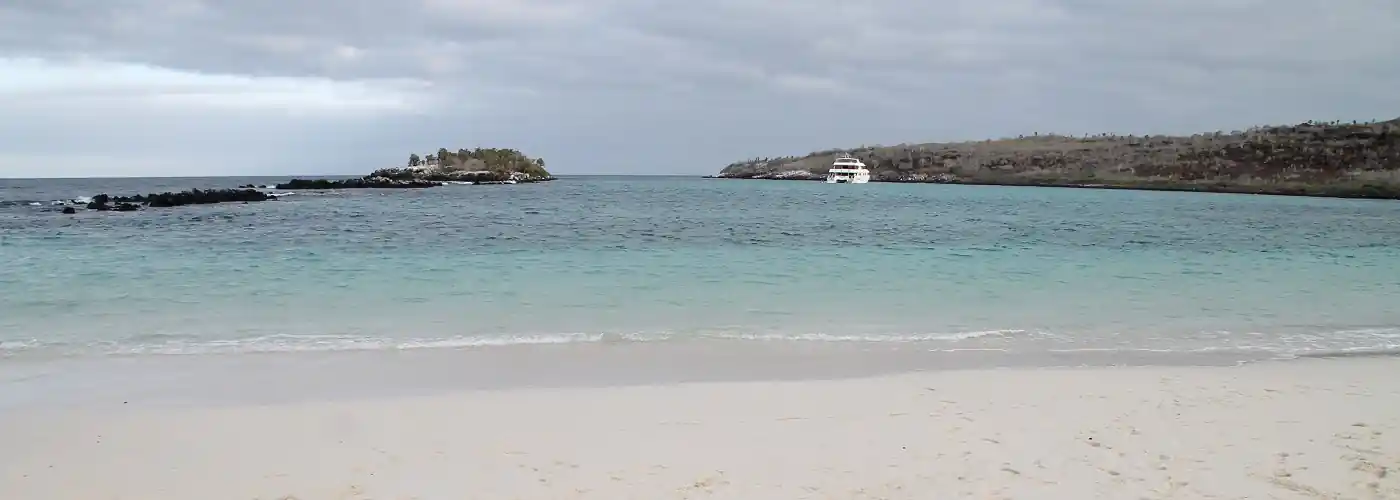
- 8 days
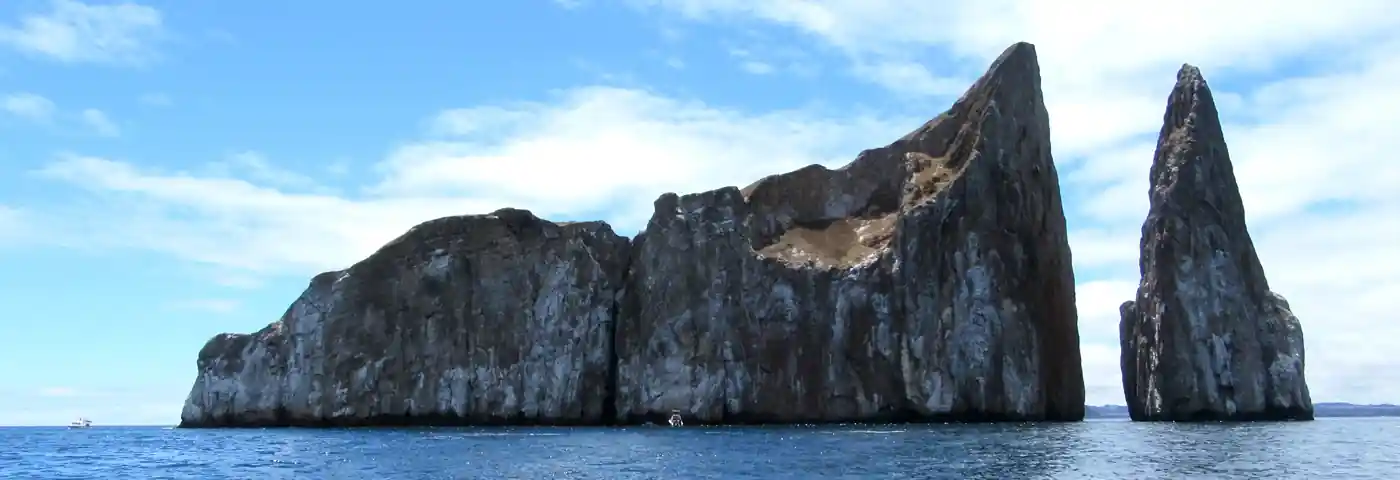
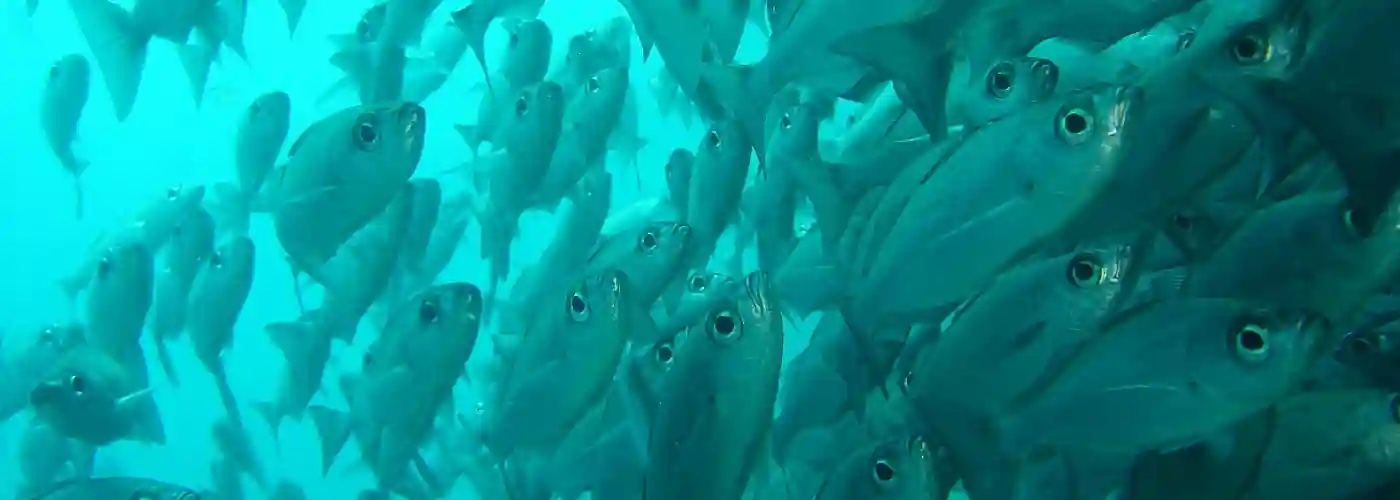
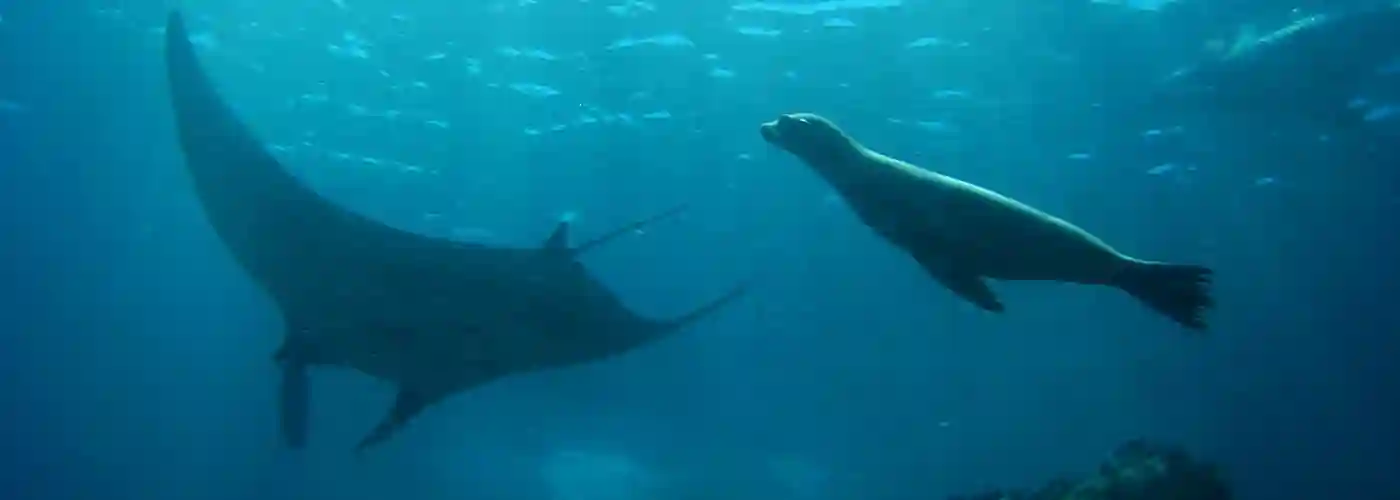

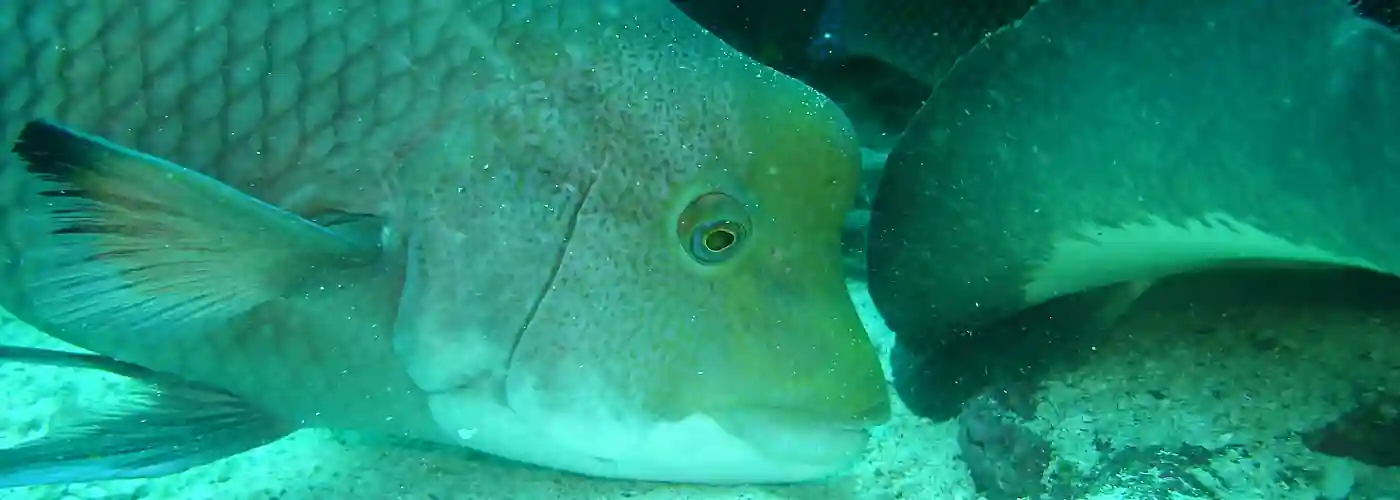

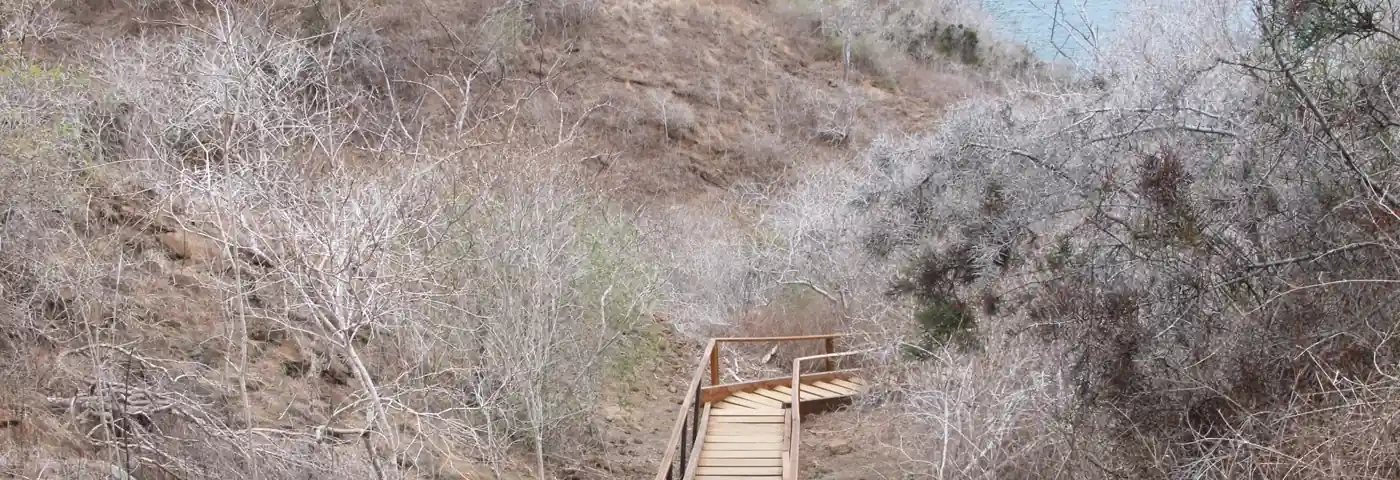
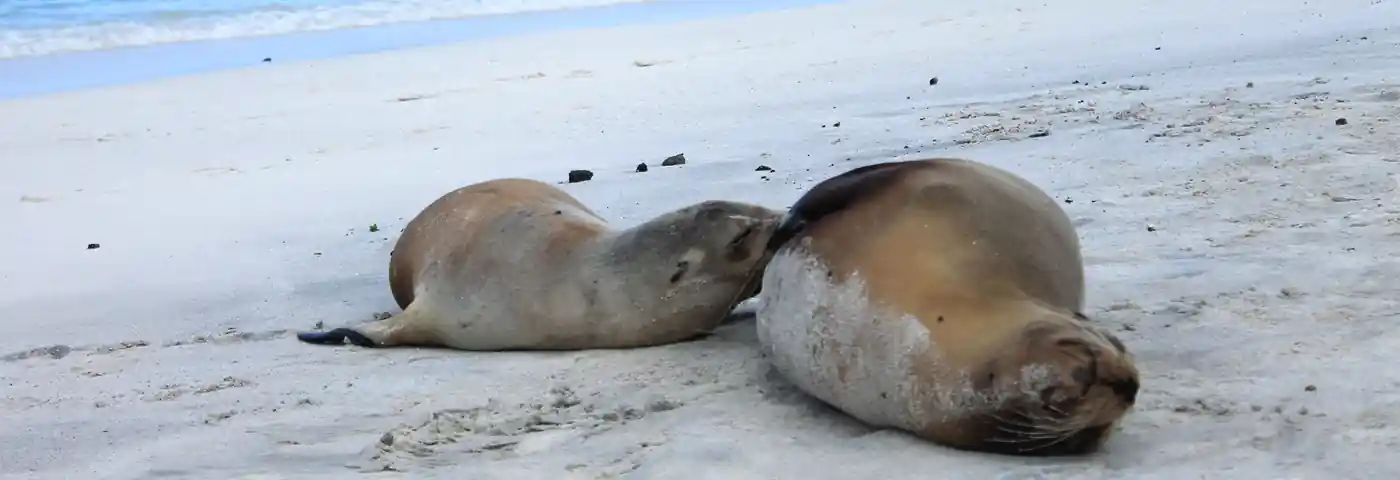
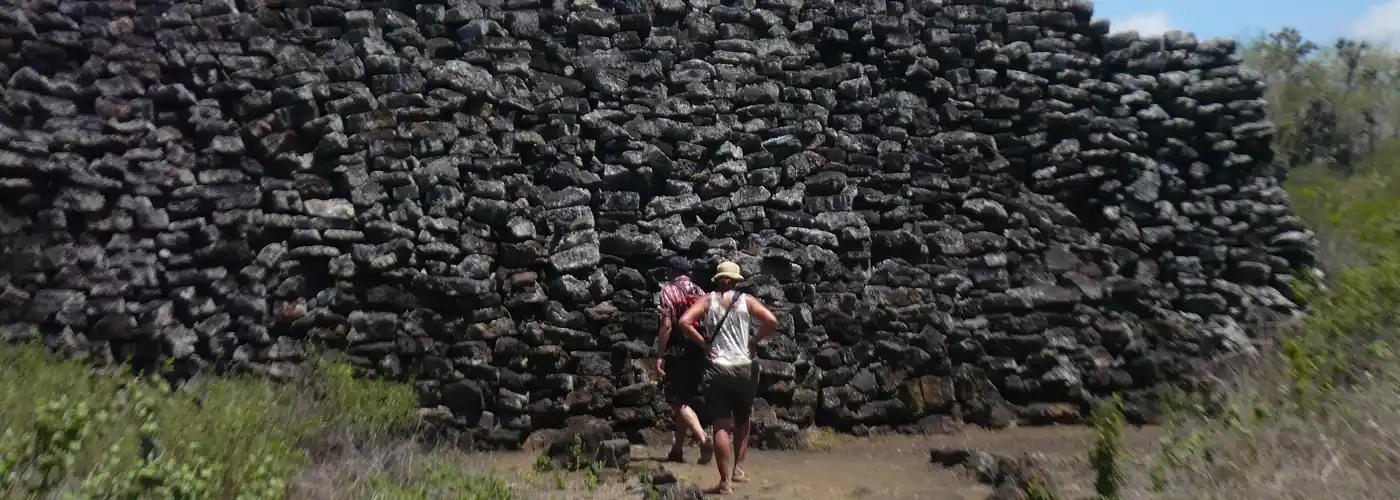
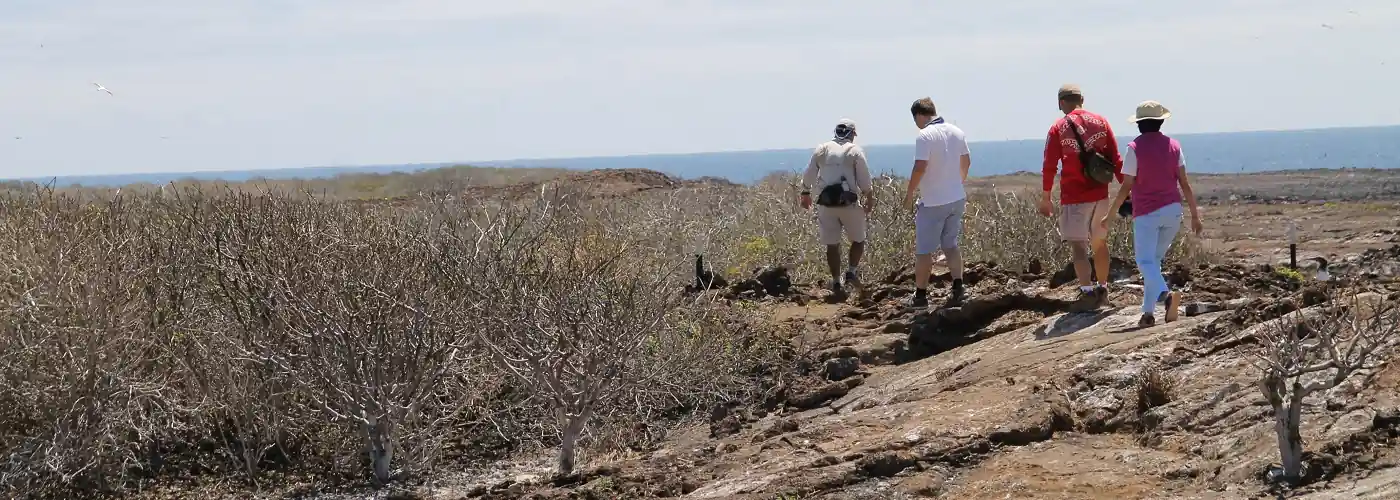
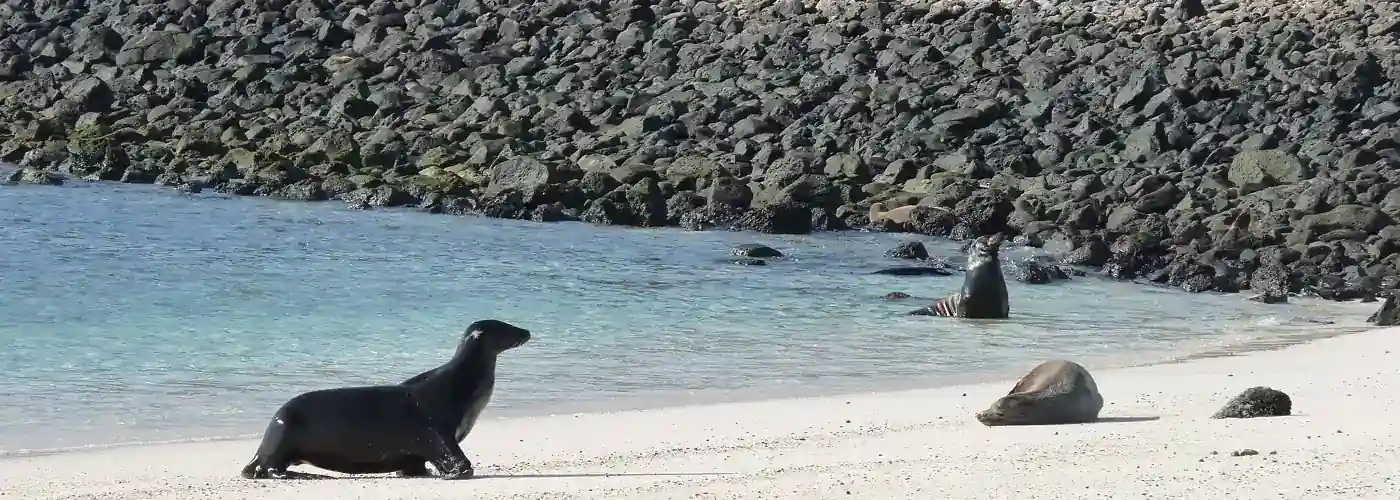

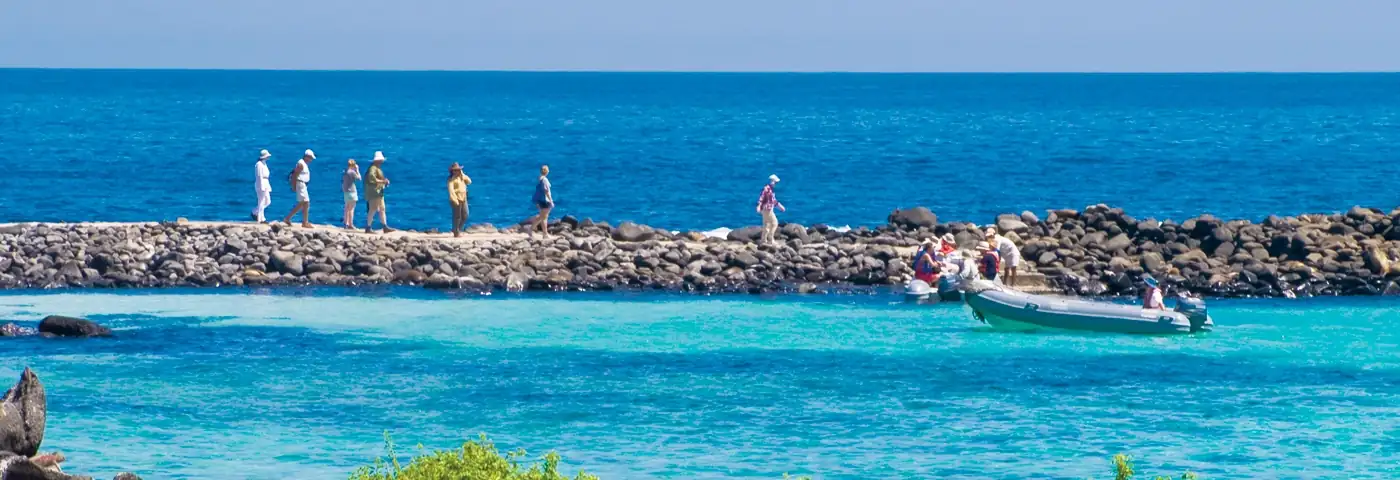
8 days cruise sailing yacht Samba – B
From US$ 3560 p.p.
Get in touch:

Dayana Arias Leon
- +593 (0)2 2194333
- hello@soleq.travel
